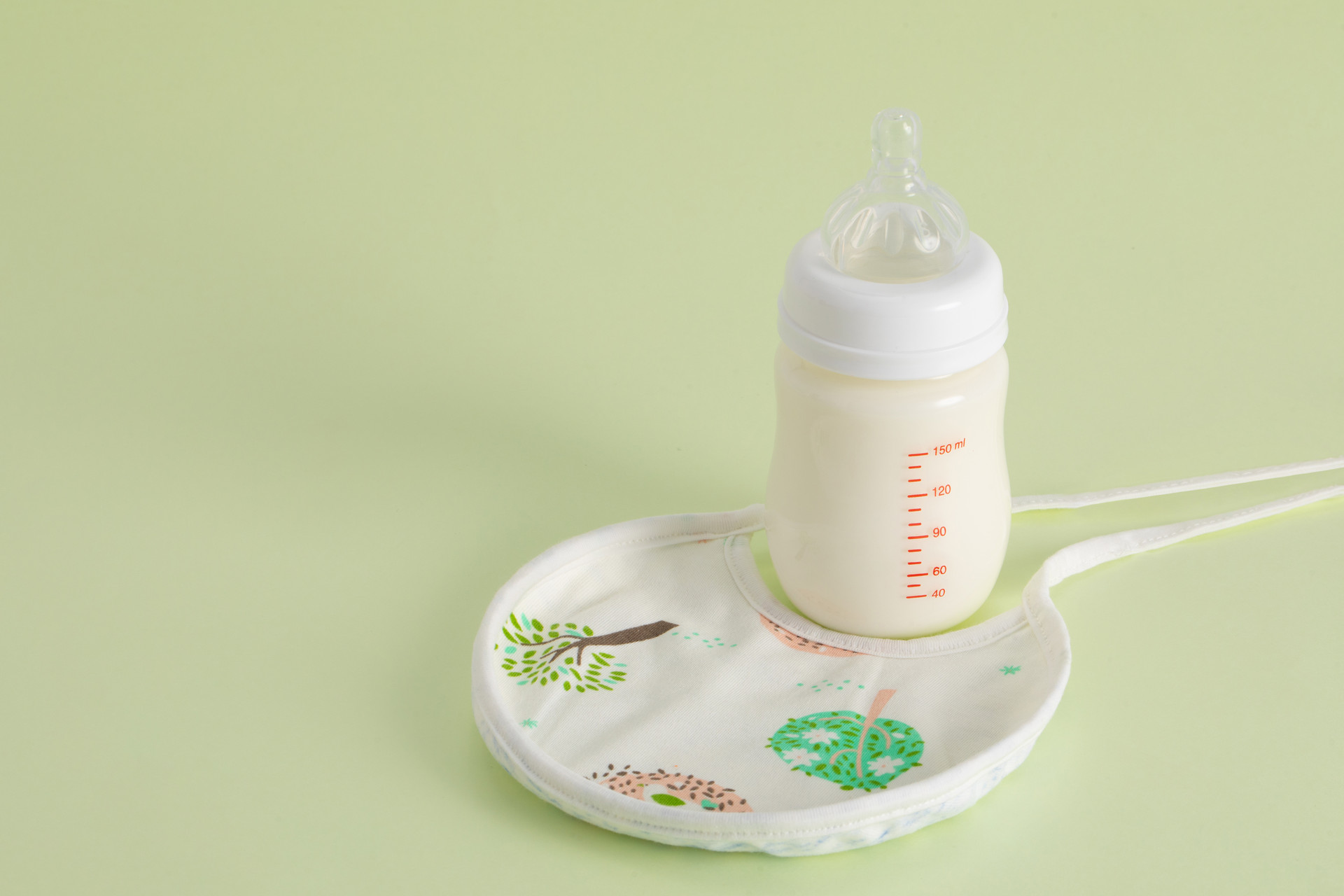What to do if your baby gets heat rash? This is a problem that worries many parents. Don't worry, let's see what traditional Chinese medicine says. Many babies develop small red rashes in areas such as the neck, back, and skin folds due to sweating, which is heat rash.
If the baby wears too many clothes, or if the fabric of the clothes is not breathable enough, or if the baby does not change into clean clothes after sweating, the skin can become damp and easily develop heat rash. In addition, when sweat accumulates around the neck, the combination of high temperature, humidity, and friction can cause redness and bumps on the skin, and in severe cases, it may lead to fungal infection.
1. Give the baby baths regularly.
You can bathe the baby once or twice a day. The water temperature should not be too cold or too hot. Cold water causes sudden contraction of the skin's capillaries, blocking the sweat gland pores and inhibiting sweat excretion, which can worsen heat rash. Hot water stimulates the skin and can lead to more heat rash. You can add a suitable amount of "Xiao Mu Qu Zhi Shui" (a traditional Chinese medicine) or similar products to the bath water. After bathing, gently pat the baby's body dry with a soft towel, and apply a thin layer of heat rash powder on the areas prone to heat rash.
2. Keep the room well-ventilated.
Lower the indoor temperature and humidity through proper methods, keep the room well-ventilated for heat dissipation, and reduce sweating to facilitate sweat evaporation. When the baby sweats during the day, use a warm towel to wipe off the sweat in a timely manner, and avoid using cold water to wipe off the sweat. The neck, elbows, inner corners of the thighs, and the inside of the knees are areas prone to sweat accumulation.
3. Dress appropriately.
The clothes should be loose, breathable, and have good sweat absorption. Especially for infants and young children, they should wear loose, thin, and breathable cotton underwear, and avoid wearing nylon or synthetic fiber products. Change and wash the underwear regularly. Do not let the baby be naked all day to avoid skin irritation.
4. Protect the skin.
Strengthen skin care and keep the skin clean. Avoid using too many powder-based products on the baby's skin to prevent them from mixing with sweat, blocking the sweat gland openings, and causing inadequate sweat excretion, leading to heat rash. Trim the baby's nails and keep their hands clean to prevent bacterial infection caused by scratching the itchy heat rash. If there is abscess formation, it is best to see a doctor in a timely manner and not squeeze the abscess by yourself to prevent the spread of infection.
5. Remember to maintain good hygiene in the diet.
Pay attention to food hygiene and give the baby light and easily digestible food that is nutritionally balanced. It is recommended to provide the baby with plenty of fluids, such as cool boiled water, chrysanthemum tea, honeysuckle tea, mung bean soup, and tremella lotus seed soup. Also, encourage the baby to eat fresh fruits and vegetables, such as watermelon, to help cool down. However, it is not advisable to consume excessive cold drinks. If the baby sweats excessively due to calcium deficiency, it is appropriate to supplement calcium accordingly.











